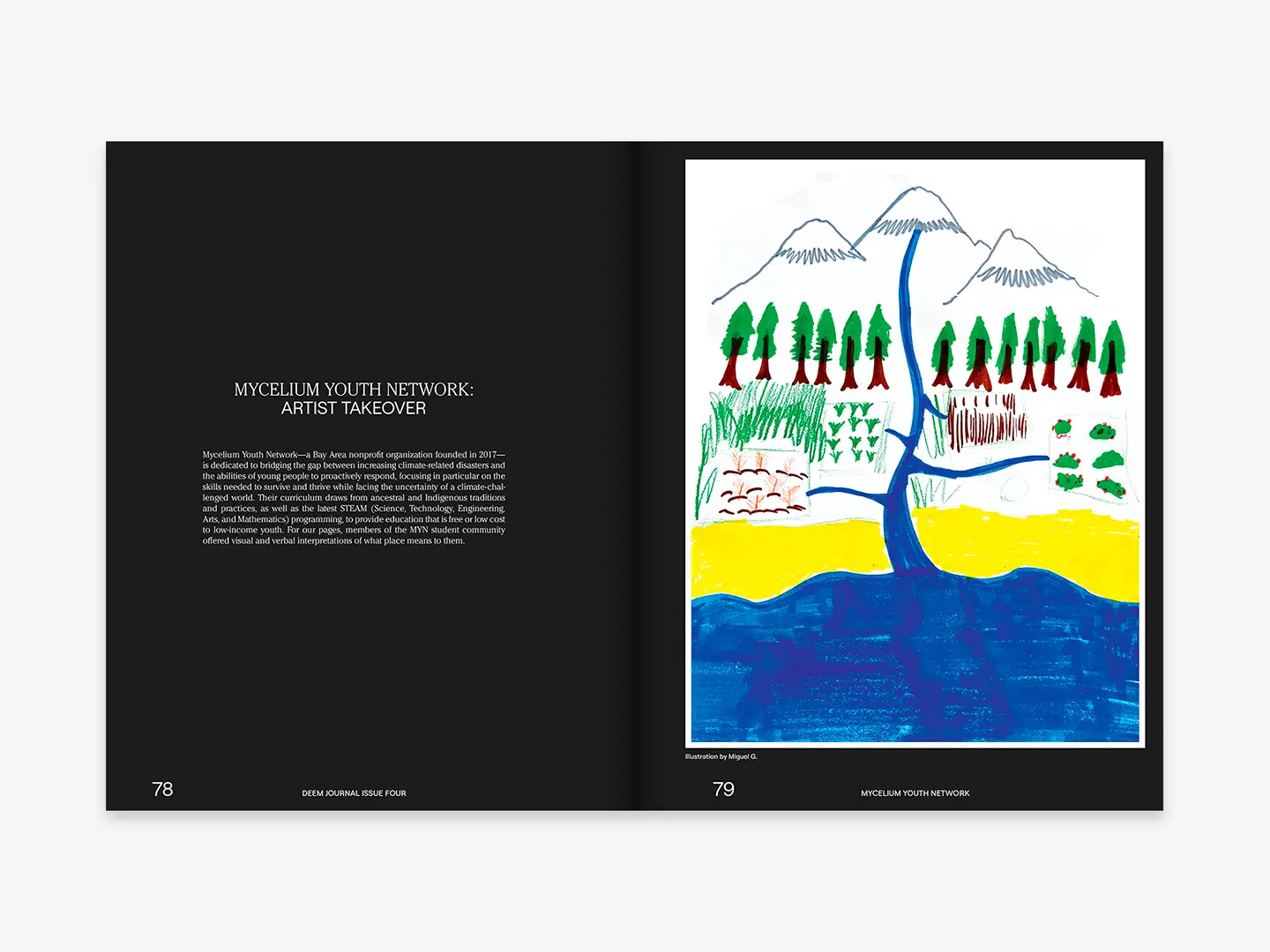After the “Drafting Futures” Arena conference space, the Salone Library, and the Corraini Bookshop, the Formafantasma creative duo – Andrea Trimarchi and Simone Farresin – has also designed the new “fair within a fair” setup dedicated to rare objects. Here’s their preview

The fourth edition of the six-monthly Los Angeles-based publication, entitled A Sense of Place, explores the ways in which human beings create meaning in relation to places
“Design is the process of adding value. Design is a fundamental shared experience. Design is everywhere.” These are the cardinal values underpinning the six-monthly Los Angeles-based Deem Journal, which explores the role of design as a community engaging element, capable of sparking cross-disciplinary and intergenerational conversations. The fourth edition, entitled A Sense of Place, carries on a conversation on design embarked upon in the three previous editions, Designing for Dignity, Pedagogy for a New World and Envisioning Equity, A Sense of Place.
"Space is quantifiable. It can be measured, manufactured and manipulated. Place is qualitative. It is harder to measure a shared experience or feeling. Place exists in and through relationships, values and culture and is facilitated via human exchange,” says Nu Goteh, one of the founders of Deem Journal.

Deem contains contributions from collaborators with a wide range of ages and geographical provenance, which give shape to interviews, essays and opinion pieces. This edition opens with a conversation with Theaster Gates, who gives abandoned spaces a new lease of life through a series of works centred around space theory, land development and sculpture. In conversation with two of the founders of Deem and photographed by Nolis Anderson, Gates shares his views on the theme of place as the common thread running through his practice. As Gates explains, “Theories around being together are already acknowledging a kind of dysfunction in the social order. But does one need theories around how to be with each other?”

This edition brings together the perspectives of authors such as Femi Adeyemi, founder of the NTS online radio station and media platform, who discusses the subject of connection, the digital networks and online radio as a place for public discussion and interaction. Doreen Chan, artist and creator of the interactive platform HalfDream, talks about the archive of dreams and the practice of non-physical placemaking. Then there is a conversation between Cara Page, cultural worker and curator, and Sasha Constanza-Chock, a communications scholar, participatory designer, activist and Associate Professor of Civic Media at MIT – an open dialogue that touches on the subject of designing places around care, disability, justice and healing.

Valencia Gunder discusses her approach to education and empowerment work around climate gentrification, while Ramsay Taum, founder and president of the Life Enhancement Institute (LEI) of the Pacific LLC and custodian of native Hawaiian culture, frames the relationship between people and places: “Place-based values come alive when we give priority to the relationship between our resources and one another. Someone who is living in the city versus someone who is living in a desert has a different priority regarding water, right?”





 Stories
Stories








